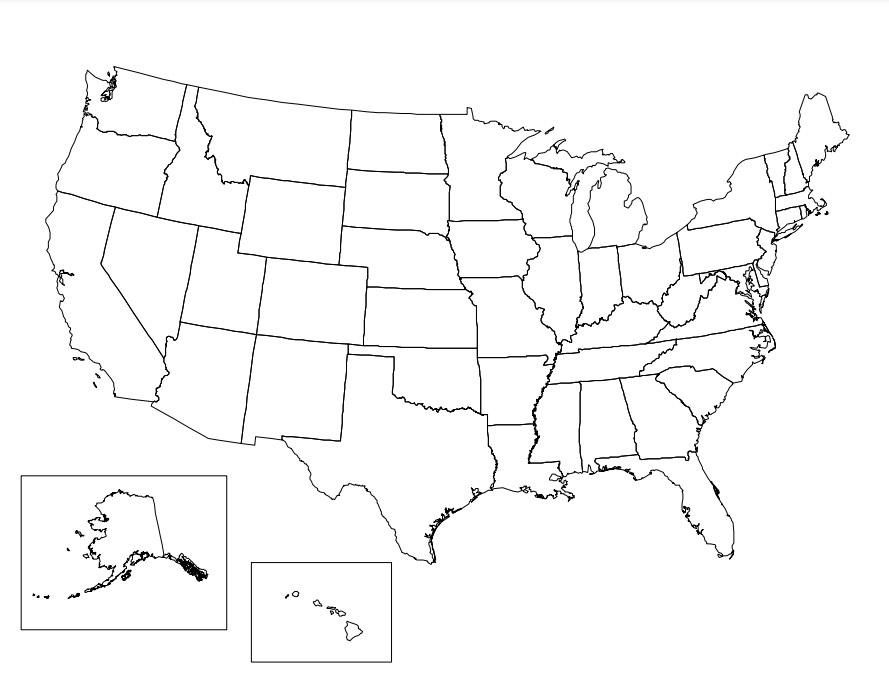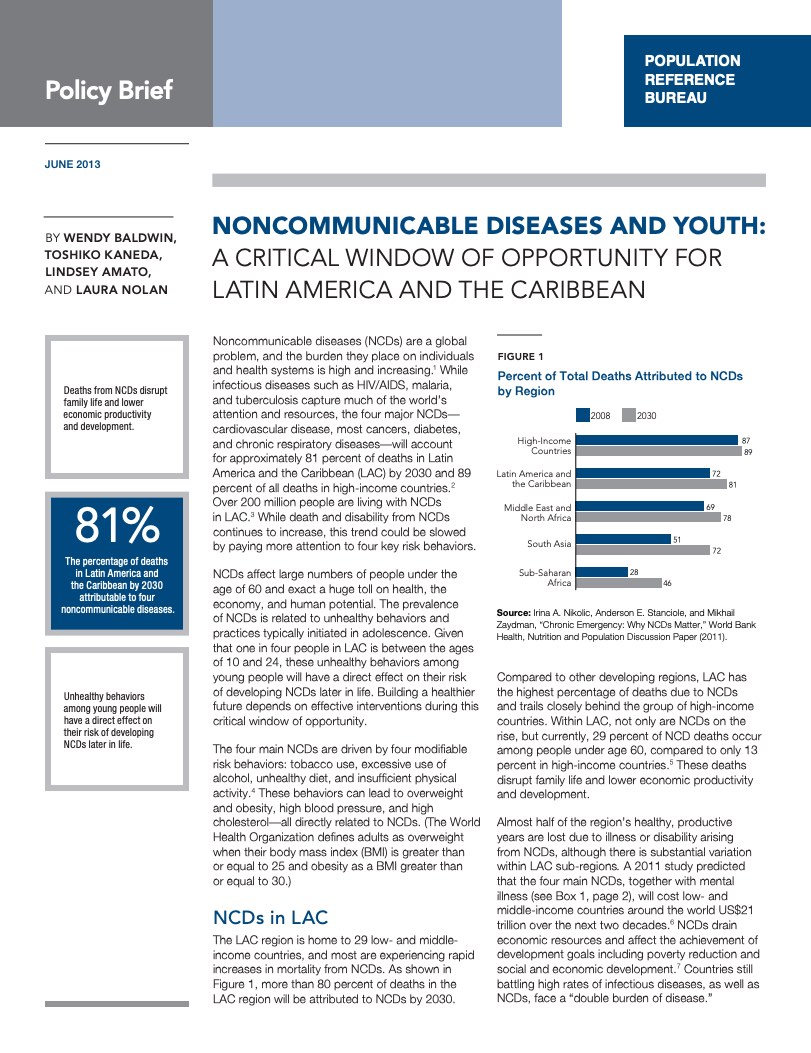Project: Center for Public Information on Population Research (CPIPR)
Family Life Is More Complicated Than Ever
(2020) The coronavirus pandemic—coupled with ongoing demographic trends—is making family life even more complicated for Americans. Millions of families are at increased risk of falling into poverty due to pandemic-related job losses, and social distancing protocols are separating some children from their parents who live in a different household.





